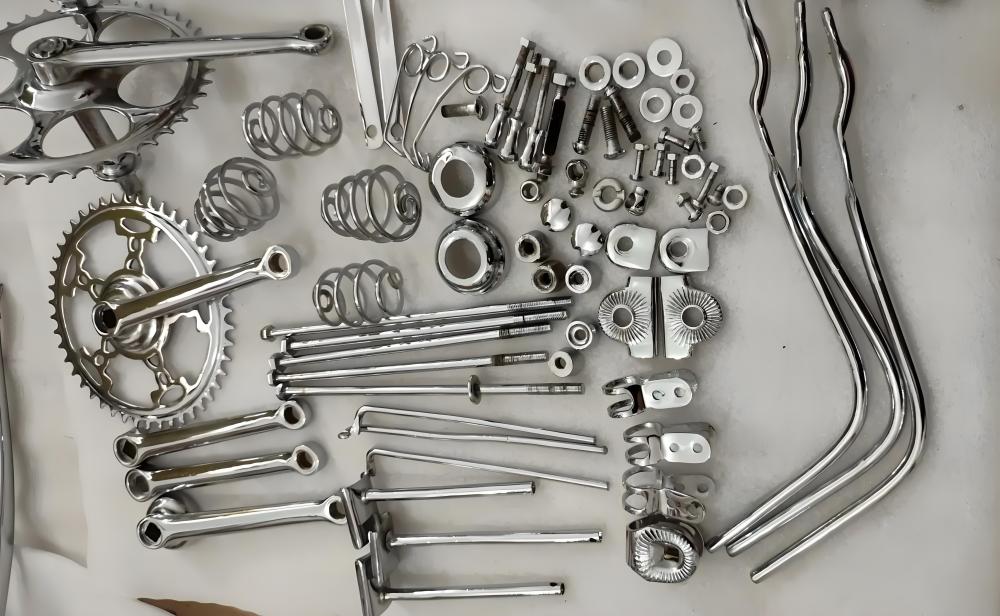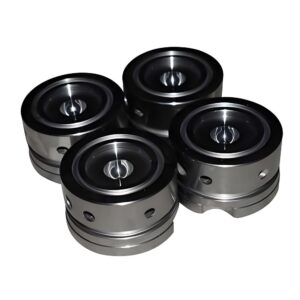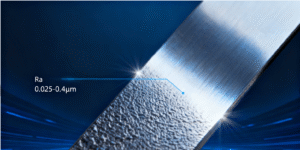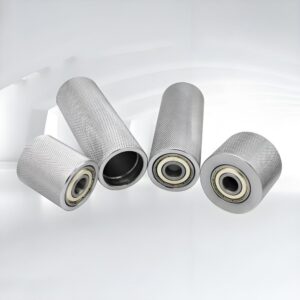Electroplating is a transformative process that elevates the quality and functionality of metal components in industries ranging from automotive to jewelry. This technique, rooted in a blend of science and craftsmanship, applies a thin metal layer to a surface, boosting durability, corrosion resistance, and visual appeal. For businesses seeking high-performance parts or individuals curious about metal finishing, this guide unpacks the essentials of electroplating with a friendly, approachable tone, diving into its mechanics, benefits, and practical applications.
What Is Electroplating and Its Role in Manufacturing?

Electroplating involves depositing a fine layer of metal onto a substrate, typically another metal, using an electric current. This time-tested method enhances a component’s properties, making it more resistant to wear, rust, or environmental damage while often adding a polished, professional look. Think of a gleaming chrome car bumper or a gold-plated connector in your smartphone—electroplating makes these possible.
The process has been refined over decades and remains a go-to solution in sectors like aerospace, electronics, and precision engineering. By coating a base material with metals like nickel, gold, or zinc, manufacturers achieve both practical and aesthetic improvements, ensuring parts perform better and last longer.
Why Electroplating Is a Game-Changer
For international businesses in machining, electroplating offers a way to elevate product quality without breaking the bank. It’s a cost-effective method to enhance affordable materials with the properties of premium metals, delivering value to customers worldwide.
Common Materials Used in Electroplating Processes
The choice of metal in electroplating depends on the project’s goals, whether it’s boosting durability, improving conductivity, or creating a stunning finish. Different metals bring unique strengths to the table, making them suited for specific applications.
Key Metals for Plating Success
- Nickel: A favorite for its toughness and resistance to corrosion, nickel plating is common in automotive parts and industrial tools.
- Gold: Prized for its non-tarnishing nature and excellent conductivity, gold is a staple in electronics and luxury goods.
- Silver: With top-notch electrical conductivity, silver plating shines in electrical components like connectors.
- Chromium: Known for its hard, glossy finish, chrome plating is ideal for decorative touches and wear-resistant surfaces.
- Copper: Often used as a base layer to improve adhesion or for its conductivity in electrical applications.
- Zinc: A budget-friendly option for rust protection, widely used in outdoor hardware like bolts and screws.
Each metal serves a purpose, and manufacturers select based on factors like environment, budget, and performance needs.
How Does Electroplating Work in Practice?
At its core, electroplating is a carefully controlled process that combines chemistry, electricity, and precision. Here’s a breakdown of how it brings metal components to life:
Step-by-Step Guide to the Plating Process
- Surface Cleaning: The part, or substrate, is meticulously cleaned to remove oils, dirt, or oxides. A spotless surface ensures the metal layer sticks properly.
- Plating Bath Setup: The substrate (cathode) and the metal to be deposited (anode) are submerged in an electrolyte solution, which conducts electricity and contains metal ions.
- Applying the Current: An electric current triggers the movement of metal ions from the anode to the substrate, forming a smooth, even coating.
- Process Monitoring: Technicians adjust variables like current strength, bath temperature, and plating time to ensure a flawless finish.
- Final Touches: The plated part is rinsed, polished, or treated to perfect the coating and prepare it for use.
Factors That Influence Quality
Success hinges on precise control of the electrolyte mix, current levels, and plating duration. Even small missteps can lead to issues like uneven coatings or weak adhesion, so expertise is critical.
Applications of Electroplating Across Industries
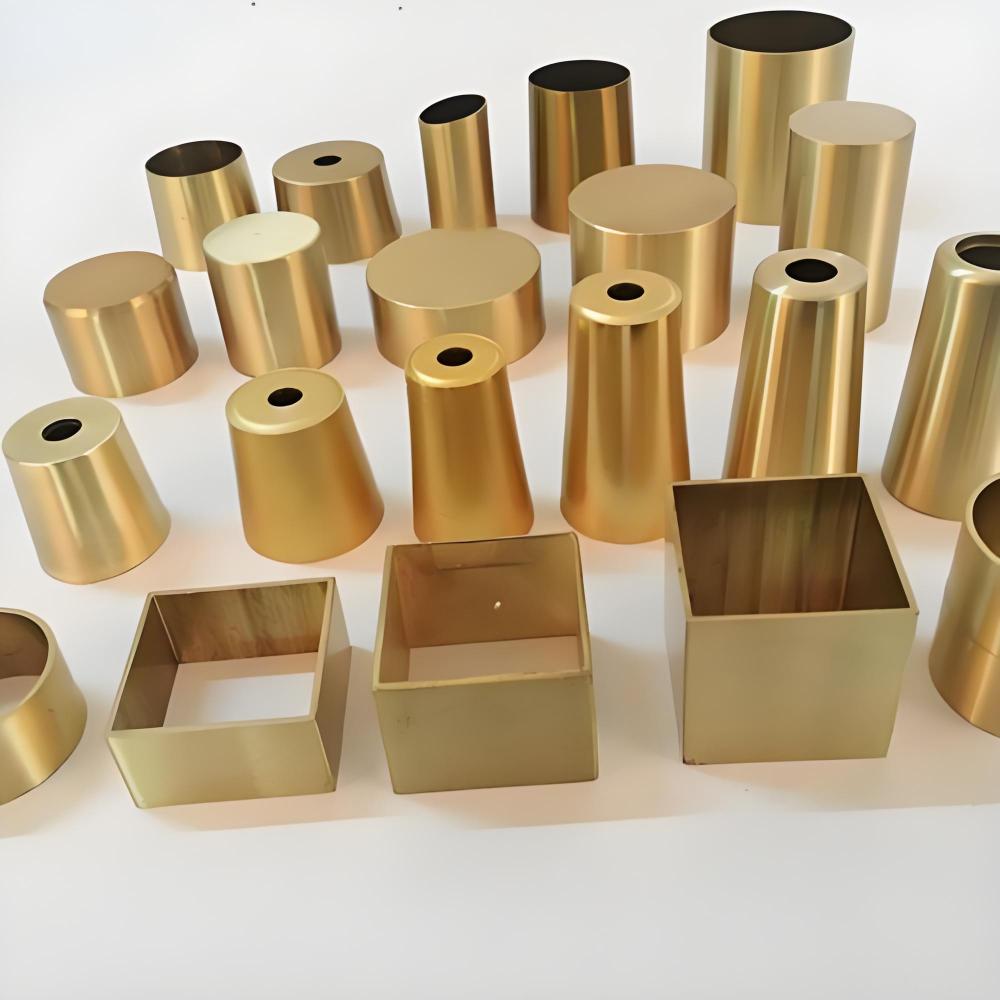
Electroplating’s versatility makes it a vital tool in countless sectors. From high-tech industries to everyday products, its impact is far-reaching.
- Automotive Industry: Chrome-plated trim and nickel-coated engine parts combine style with durability.
- Aerospace Sector: Plated components withstand extreme conditions, ensuring safety and reliability.
- Electronics Manufacturing: Gold and silver coatings enhance conductivity in circuit boards and connectors.
- Jewelry Design: Gold and silver plating create eye-catching, long-lasting pieces.
- Consumer Goods: From kitchen faucets to eyeglass frames, electroplating adds polish and protection.
This process touches both industrial and everyday life, delivering components that are as functional as they are attractive.
Advantages and Challenges of Electroplating Techniques
Electroplating offers a host of benefits, but it’s not without hurdles. Understanding both sides helps manufacturers make informed decisions.
Benefits of Metal Plating
- Longer-Lasting Parts: Coatings protect against corrosion, wear, and tarnish, extending component life.
- Enhanced Appearance: A sleek, shiny finish boosts marketability for products like car parts or jewelry.
- Cost Savings: Using affordable base metals with high-quality coatings reduces material costs.
- Wide Applicability: Electroplating works on diverse shapes and sizes, from tiny screws to large panels.
Hurdles to Overcome
- Environmental Impact: The chemicals used require careful handling to minimize ecological harm.
- Complex Precision: Achieving consistent results demands expertise, especially for intricate parts.
- Initial Investment: Setting up plating facilities can be costly, though long-term savings often offset this.
By tackling these challenges, businesses can fully harness electroplating’s potential for superior results.
Best Practices for Achieving Top-Notch Electroplating Results
High-quality electroplating requires skill, attention to detail, and adherence to proven methods. Here are practical tips to ensure success:
Start with a Clean Surface
A pristine substrate is non-negotiable. Use degreasing, acid cleaning, or ultrasonic methods to eliminate contaminants. Any residue can compromise the coating’s adhesion and finish.
Fine-Tune the Plating Solution
The electrolyte bath must be carefully balanced. Regularly test for pH, metal ion levels, and impurities, and maintain consistent temperatures to avoid defects.
Master Current Control
The electric current drives the plating process. Too much current can cause burning, while too little leads to weak coatings. Modern equipment with precise settings helps maintain balance.
Match Materials to Purpose
Choose plating metals and substrates that complement each other. For instance, nickel pairs well with steel for corrosion resistance, while gold suits high-conductivity needs in electronics.
Prioritize Quality Checks
Inspect parts during and after plating using tools like thickness gauges or visual checks. This catches issues like pitting or uneven layers early, saving time and resources.
Embrace Eco-Friendly Practices
Sustainability matters. Opt for less harmful chemicals, recycle waste, and follow environmental regulations to reduce the process’s footprint.
These strategies help manufacturers deliver plated parts that meet rigorous standards and customer expectations.
Partner with Precionn for Expert Electroplating Solutions
Precionn specializes in precision machining and high-quality surface treatments, including electroplating. Serving clients around the world, the company combines advanced technology with skilled craftsmanship to produce components that meet strict quality standards. Whether for automotive, electronics, aerospace, or decorative applications, Precionn ensures every product benefits from durable, attractive, and reliable coatings.

